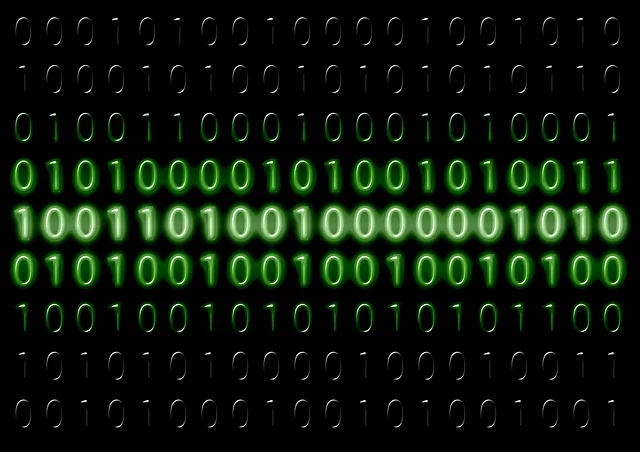Table of Contents
What is the 305 Status Code in HTTP?
The HTTP 305 status code, also known as “Use Proxy,” indicates that the requested resource must be accessed through a specified proxy server. This response is used to inform clients that a proxy is required to access the resource. However, due to security concerns, most modern browsers and clients have deprecated or stopped supporting the 305 status code.
For example, if a server intends to restrict direct access to certain resources, it may issue a 305 status code with the address of a proxy server that must be used to access those resources.
What Causes the 305 Status Code?
The 305 status code is triggered in scenarios such as:
- Proxy Requirement: The server mandates the use of a proxy for accessing specific resources.
- Network Security Policies: Organisations may enforce policies that require requests to pass through a proxy for monitoring or security purposes.
- Resource Restriction: Servers may restrict direct access to sensitive resources, redirecting requests to go through a controlled proxy.
Example of the 305 Status Code in Action
Imagine a scenario where a user attempts to access https://example.com/secure-resource. Instead of granting direct access, the server responds with a 305 status code and specifies a proxy server URL, such as https://proxy.example.com. The client must route its request through this proxy to access the resource.
However, due to the security risks associated with this status code, many modern clients do not support this behaviour.
How to Fix or Manage the 305 Status Code
If your application encounters the 305 status code, consider these steps:
- Evaluate Proxy Requirements:
- Verify if the specified proxy server is necessary and secure.
- Update Client Software:
- Ensure that your client software supports the 305 status code. Note that many modern browsers and HTTP clients no longer support it.
- Implement Secure Proxies:
- Use secure and trusted proxy servers to minimise potential risks.
- Monitor and Test Requests:
- Use tools like Postman or cURL to validate the proxy configuration and ensure proper request handling.
- Consider Alternative Solutions:
- Instead of relying on the 305 status code, use alternative methods like VPNs, secure gateways, or modern authentication mechanisms to control access.
Why a Web Development Agency Matters
Collaborating with a web design and development agency can help ensure your server configurations align with modern standards and best practices. They can assist in implementing secure alternatives to deprecated status codes like 305, ensuring robust functionality and user safety.
FAQs on the 305 Status Code
What does the 305 status code mean?
The 305 status code indicates that the requested resource must be accessed through a specified proxy server.
Why is the 305 status code deprecated?
The 305 status code is deprecated due to security risks, such as potential misuse by malicious actors to redirect users to unsafe proxies.
Do modern browsers support the 305 status code?
Most modern browsers and HTTP clients no longer support the 305 status code because of security concerns.
How can I test the 305 status code?
Use tools like cURL or custom HTTP clients to test server responses and validate the proxy configuration.
What are the alternatives to the 305 status code?
Alternatives include using secure proxies, VPNs, or modern authentication and access control mechanisms.
Should I implement the 305 status code on my server?
It is generally not recommended to implement the 305 status code due to its deprecated status and lack of support in modern clients.
By understanding the 305 status code and its implications, you can make informed decisions about its usage and explore more secure alternatives for managing resource access.



